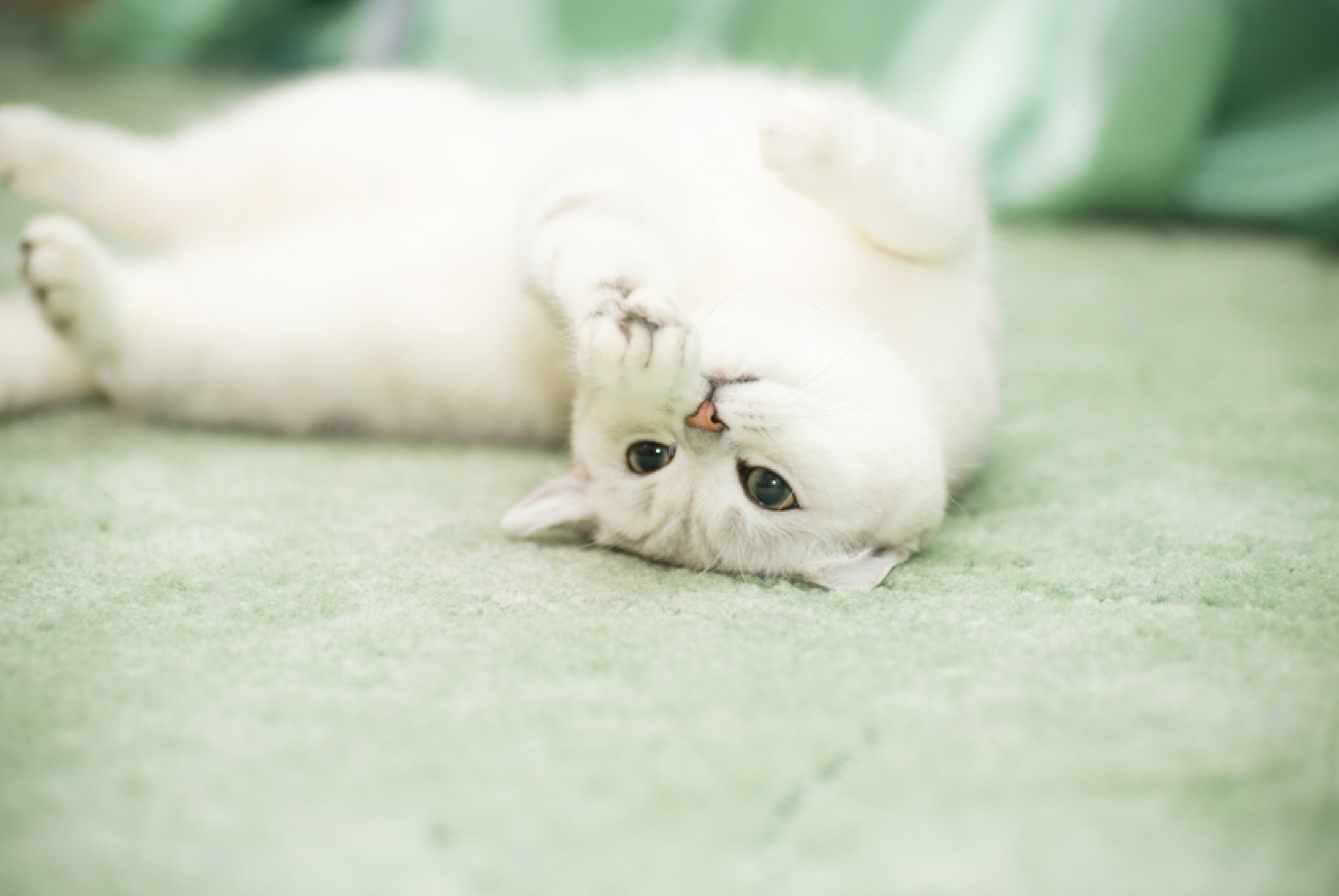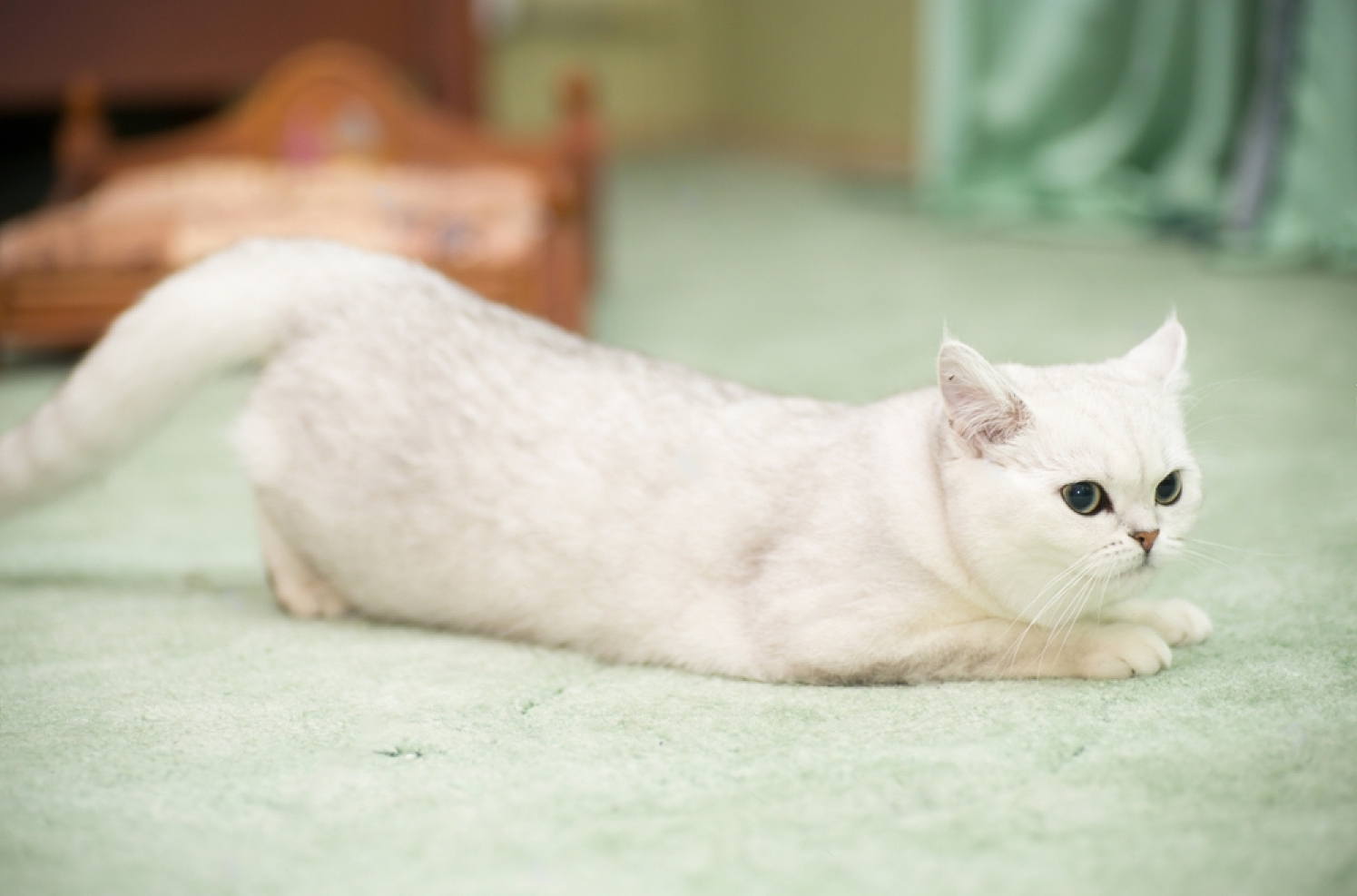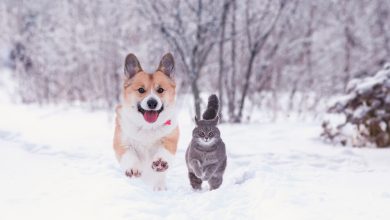Estrus in Сats: Symptoms of Onset and How to Calm Your Pet

Having a feline companion can be enriching, but it also requires understanding their biological rhythms, especially during their heat cycles. Recognizing and managing a cat’s estrus is crucial for any responsible cat owner. This extensive guide offers a deeper understanding of what happens during a cat’s heat cycle and how to effectively manage their behavior.
Understanding the Estrus Cycle in Cats
Estrus, or the heat cycle in cats, is a complex biological process marked by significant hormonal changes and distinct mating behaviors. It’s divided into two primary phases: pre-estrus and estrus. The cycle is initiated by a surge in estrogen levels, signaling the cat’s body that it’s ready for potential mating.

Unlike dogs, cats do not exhibit visible changes in their external genitalia during estrus. Instead, their behavior becomes a clear indicator of their readiness to mate. Female cats become more vocal, often engaging in loud meowing and rolling on the ground, displaying their availability to male counterparts. It’s a natural process that requires understanding and patience from cat owners.
Induced Ovulation: A Unique Aspect of Feline Reproduction
A fascinating aspect of feline reproduction is induced ovulation. Cats do not ovulate spontaneously; ovulation is triggered by the physical act of mating. The mechanical stimulation of receptors in the vaginal wall during mating prompts the release of luteinizing hormone from the pituitary gland. This hormone surge leads to the maturation and release of eggs, making fertilization possible.
For successful ovulation, a cat may need to mate several times. The concentration of hormones must reach a threshold for ovulation to occur, typically within 24-36 hours after mating. Cats can mate with multiple partners during this period, which can result in a litter of kittens with different fathers.
Cat Mating: A Behavior Driven by Instinct
During the estrus cycle, female cats exhibit behaviors specifically aimed at attracting male partners. These behaviors include increased vocalization, restlessness, and a heightened sense of affection. Male cats, sensitive to these signals, can detect a female in heat from a considerable distance and may become more territorial and aggressive in response.
The Role of Environment in a Cat’s Estrus Cycle
Environmental factors significantly influence the timing and frequency of a cat’s estrus cycle. Cats living indoors and exposed to constant artificial lighting may experience irregular heat cycles. In contrast, outdoor cats are more likely to have their estrus cycles influenced by natural daylight and seasonal changes.
Managing a Cat’s Behavior During Estrus
A cat in heat can exhibit behaviors that are challenging to manage. These include excessive meowing, restlessness, and marking territory with urine, which contains pheromones to attract mates. Understanding these behaviors is crucial in providing the right care and environment for your cat during this time.
Spaying: A Responsible Choice for Pet Owners
Spaying, or the surgical removal of a cat’s ovaries, is the most effective way to prevent unwanted pregnancies and manage estrus-related behaviors. This procedure not only eliminates the physical and emotional stresses associated with the heat cycle but also contributes to the cat’s long-term health, reducing the risk of ovarian and uterine diseases.
In conclusion, understanding and managing a cat’s estrus cycle is a vital aspect of responsible pet ownership. By recognizing the signs and behaviors associated with the heat cycle, providing a nurturing environment, and considering spaying, cat owners can ensure the well-being and health of their feline companions.
What is a cat’s heat?
The heat is a period of sexual activity in cats when they become ready to reproduce. During heat, a cat may attract the attention of cats and be aggressive.
How often does a cat get in heat?
Usually, a cat’s heat occurs every 2-3 weeks, but this can vary depending on the breed, age, and health of the cat.
What signs indicate the beginning of a cat’s heat?
The first signs of a cat in heat may include meowing, getting into the ready position, frequent licking of the genital area, increased activity and aggression.
How long does a cat’s heat last?
The heat in cats can last from 3 to 14 days, depending on the individual characteristics of each cat.
How can I prevent a cat from going into heat?
The only way to prevent a cat from going through heat is to have it spayed. This is a surgical procedure that removes a cat’s ovaries.
How often should a cat be spayed?
Spaying a cat is a one-time procedure and does not need to be repeated in the future.
What are the benefits of spaying a cat?
Spaying a cat avoids problems with heat and related behavioral problems such as aggression, territory marking, and urge to run away. It also reduces the risk of ovarian and uterine tumors.
Does heat affect a cat’s health?
No, heat by itself does not affect a cat’s health, but behavioral problems associated with heat can create stress and negatively impact a cat’s health.
Can unwanted cat behavior during heat be prevented?
Some cats may exhibit unwanted behavior during heat, such as aggression and territory marking. To prevent this behavior, special pheromones can be used to help calm the cat and reduce its tendency to mark and aggression. You can also limit the cat’s access to the street or to a cat of the opposite sex during heat to prevent accidental bonding.
What problems can occur if a cat is not spayed?
Unspayed cats can suffer from a number of problems associated with heat, including unwanted behavior, risk of contracting infectious diseases from other cats, risk of developing ovarian and uterine tumors, and high risk of unwanted pregnancy and having large numbers of kittens that may end up homeless.



